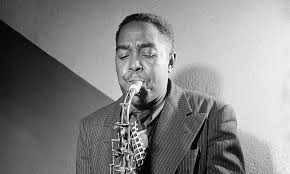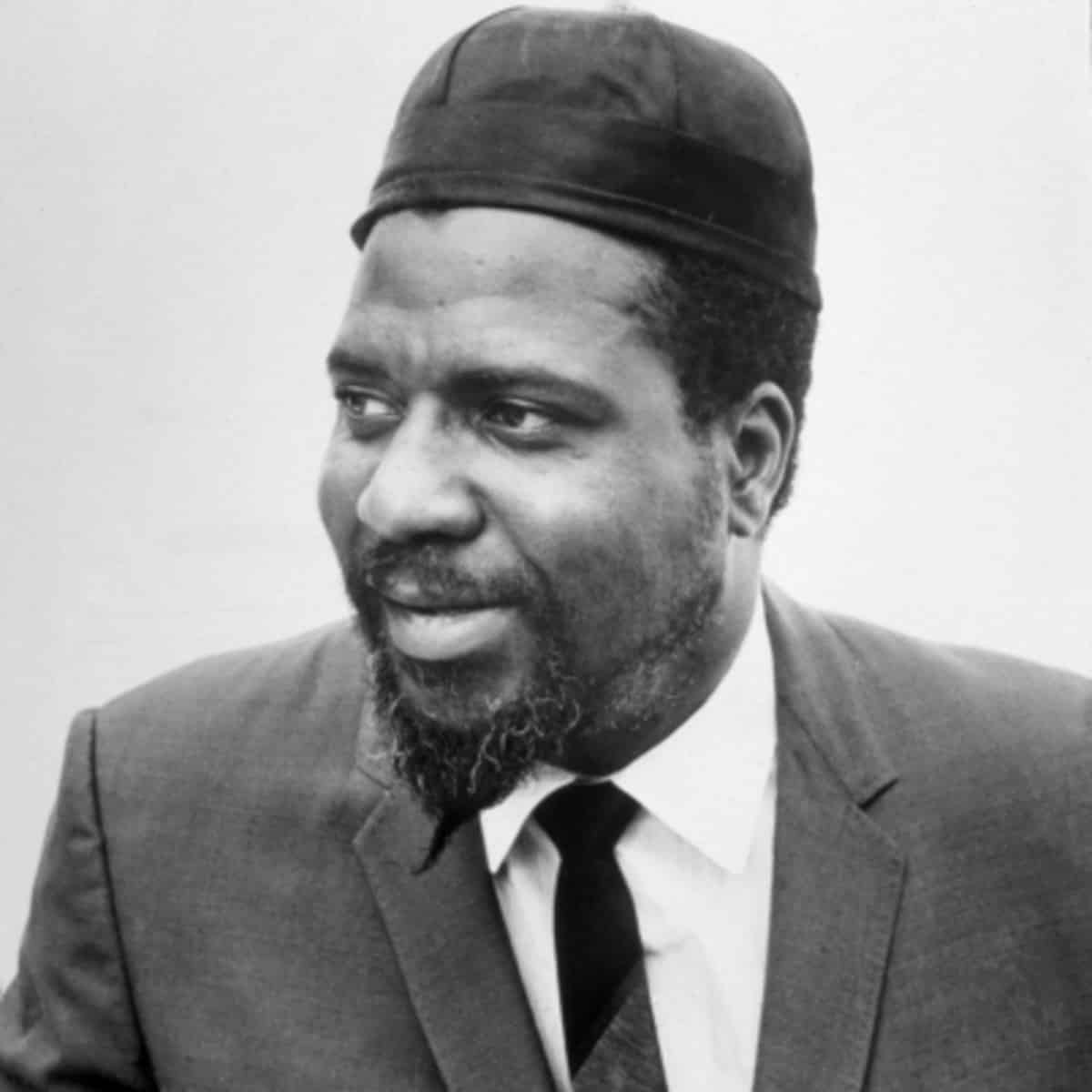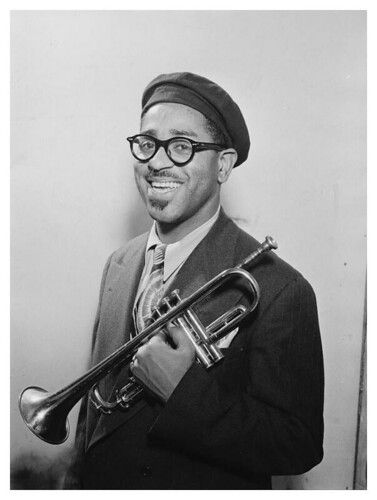Swing Jazz
Crushed by the devastating effects of the Great Depression (1929-1933) many industries were struggling economically, including the music industry. Unemployment was at an all time high as America struggled economically. But, with the election of Franklin D. Roosevelt in 1933, America started to take an economic turn for the better. Slowly Americans started to reaccumulate money and record sales slowly began to rise again.
With the rise of broadcasting systems, radios, and major performances at hotels and clubs in the 1930s, swing artists were inspired to create a new form of jazz. What makes swing so unique is its use of riffs. When it came to swing, riffs could be used in four different ways. Melodies, layers, call and response and as a melody behind a soloist.
Swing Jazz dominated the 1930s. Led by major artists like Duke Ellington and Louis Armstrong, Swing Jazz was famous for its fast and energetic sound. It was a way for people to escape the harsh realities of the great depression and let loose.
Duke Ellington was said to be one of the main composers behind swing as he developed what was said to be the most unique style for jazz groups and ensembles. Ellington combined the trumpet sounds in New Orleans blues with his ragtime piano style eventually forming jungle sound. Ellington’s use of varying timbres along with unique brass sounds made him stand out and ultimately scored him his reputation of developing the most unique style of jazz. Duke Ellington showed the world the power behind orchestras and composers. He composed very rhythmic melodies and he mastered the art of musical texture, rhythm, and compositional factors.
Louis Armstrong on the other hand is known for his famous improvised solos. He was the face of a new style of Jazz which was developing along with America who was changing in the 30s. Armstrong gathered great recognition due to his ability to improvise and in the 30s, Armstrong made his music more swing to adapt to the new era where swing jazz was rapidly gaining popularity. Armstrong drew his inspiration from his roots which were in New Orleans jazz and blues.
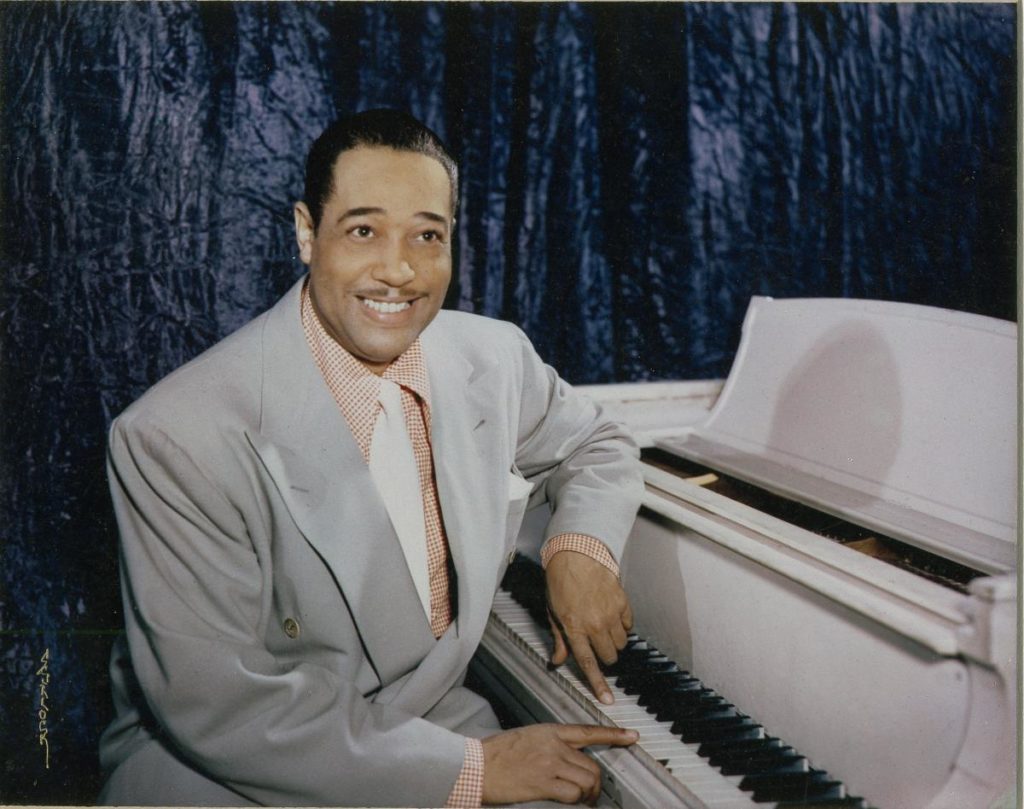
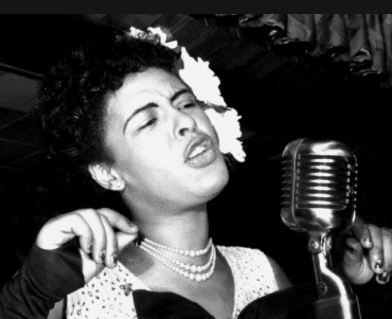
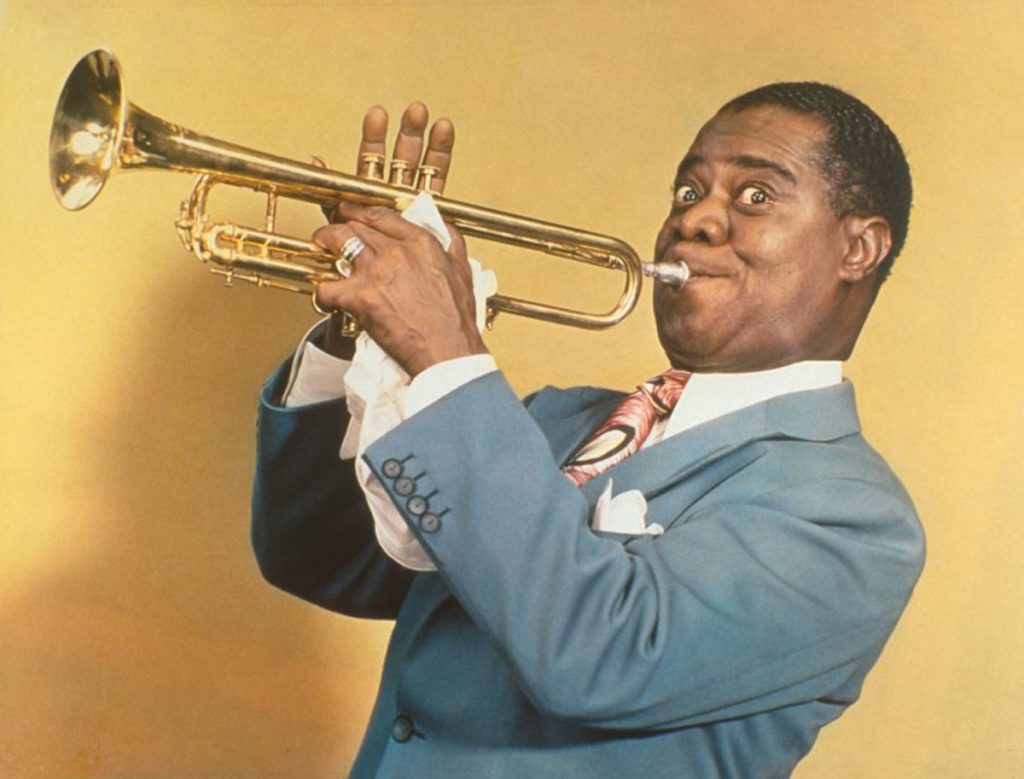
Bebop
The genre of jazz was constantly changing along with the world around it. Like swing developed alongside the use of broadcasting systems and radios, bebop developed with the rise of World War 2. Artists who were frustrated with their limited ability to improvise in big groups were given the chance to break free with the rise of bebop. Charlie Parker, Thelonious Monk, and Dizzy Gillespie were major artists during the 1940s. Charlie Parker in specific was known for his use of eighth notes which emphasized the harmony of the leading voice. An example of this is Parker’s solo on “KoKo.” Thelonious Monk earned his reputation by his ability to have intense variety as a soloist. Monk’s “Round Midnight” (1944) gained major popularity and is currently the most popular jazz piece composed by a jazz musician.
